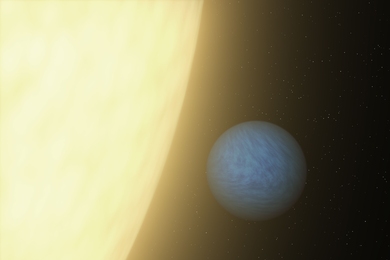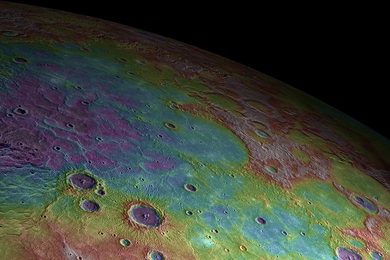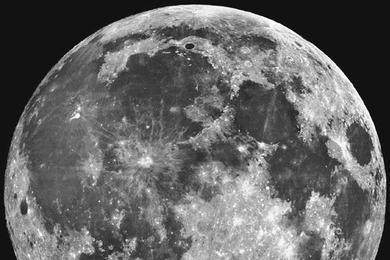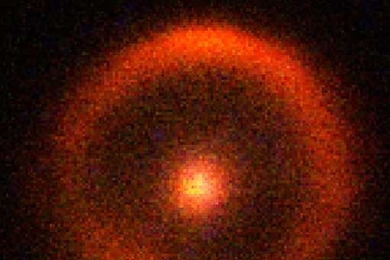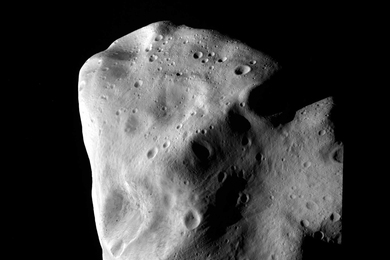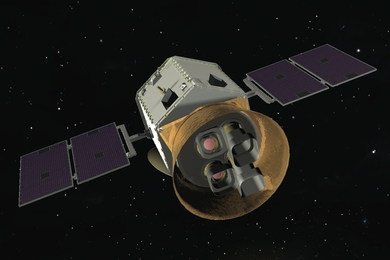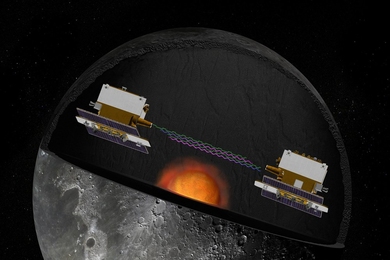Four from MIT win prestigious Guggenheim fellowships
Doeleman, Hughes, Makan and Yablo among 181 recipients for 2012.
Mysterious electron acceleration explained
Computer simulation identifies source of aurora-causing high-speed electrons in space
An element that's rare on Earth is found far, far away
Tellurium detected for the first time in ancient stars.
What drove the lunar dynamo?
Research supports theory that the moon’s molten core was likely sustained by an alternative power source.
Robots go head to head, 250 miles above Earth
Third annual Zero Robotics competition pits robots against each other on the International Space Station.
Astronomers find a dark matter galaxy far, far away
Discovery could offer clues on the nature of dark matter.
3 Questions: Greg Chamitoff on the final frontier
Alum-astronaut relives some of the highlights of his space shuttle career.
Stellar eclipse gives glimpse of exoplanet
New data reveals a ‘super-Earth’ next door, astronomically speaking
